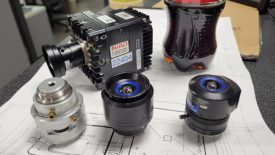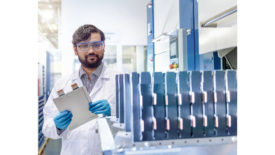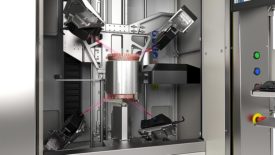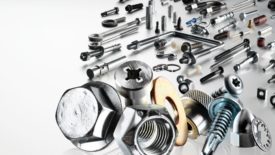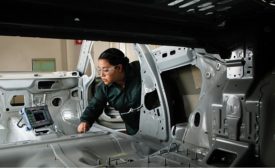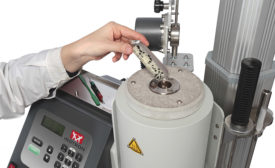Home » Keywords: » automotive testing
Items Tagged with 'automotive testing'
ARTICLES
Vision & Sensors | Case Study
The results are speaking for themselves.
Read More
NDT | Leak Testing
Leak Detection’s Crucial Role in Li-ion Traction Battery Production
Manufacturers that routinely challenge their leak tightness testing process will consistently produce products with reliable performance, battery longevity and safety.
January 9, 2024
Test & Inspection
New Noncontact Technologies Meet the Challenges of the Evolving Automotive Industry
The transition from ice to electric powertrain requires a complete review of the approach to quality and process controls.
December 28, 2023
NDT | XRF
Enhancing Automotive Safety With Real-Time Composition Analysis
It is crucial that the compositions of metals and alloys used in automotive fasteners are verified through stringent quality assurance.
April 14, 2023
Trends in Automotive Inspection
Intelligent factories, electric vehicles and traceability are just some of the factors that are influencing change in automotive part inspection, say experts in the field.
January 15, 2020
How to Test Vehicles for Severe Winter Weather
A winter testing center and a quality testing company explain how they assess vehicles and components for cold weather durability.
December 1, 2018
Plastics Analysis for Automotive Applications
How do we select the right material that provides the best performance and the highest quality?
September 1, 2016
Stay in the know with Quality’s comprehensive coverage of
the manufacturing and metrology industries.
eNewsletter | Website | eMagazine
JOIN TODAY!Copyright ©2025. All Rights Reserved BNP Media.
Design, CMS, Hosting & Web Development :: ePublishing
